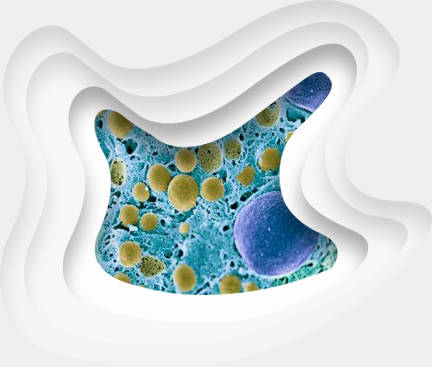The medical device coordination group (MDCG) has released guidelines for the periodic safety update report (PSUR), intended to help manufacturers implement the legal requirements of Article 86 of the European Union Medical Devices Regulation (EU MDR). A PSUR is a summary of the post-market surveillance (PMS) data that evaluates changes to the benefit-risk profile, and summarizes corrective and preventive actions. The guidance clarifies which devices require a PSUR; Class IIa, IIb, and III devices require one, while a PMS report is sufficient for Class I devices. The planning for PSUR preparation and submission needs to be started well in advance, taking into account the MDR transition status of devices, the time required for creating the PSUR after the data collection period of 12 or 24 months depending on the device classification, and the end of the PSUR requirement. Do you need tips on PSUR creation and submission and want to ensure a strategic and smooth transition to MDR? Read on.
Why should you download this whitepaper?
The aim of this whitepaper is to help manufacturers of medical devices implement the recommendations stated in the guidance document and Article 86 of the EU MDR. This whitepaper simplifies the guidance by highlighting the possible inferences for strategic planning, so that the requirements can be implemented accurately for a seamless PSUR creation experience and a smooth execution of the MDR transition.
Download this whitepaper to learn more about the following, along with some key recommendations from Cactus Life Sciences:
- Does my device require a PSUR?
- When do I need to start planning my PSUR?
- What are the contents of a PSUR and where can I find the information?
- How do I submit a PSUR?
Share this post
About the author

Cactus Life Sciences
Cactus Life Sciences helps pharma, biotech, and medical device organizations worldwide with content strategy, development, and data. We work with medical affairs to disseminate insight-driven information to healthcare professionals, payors, and patients in a range of formats.













